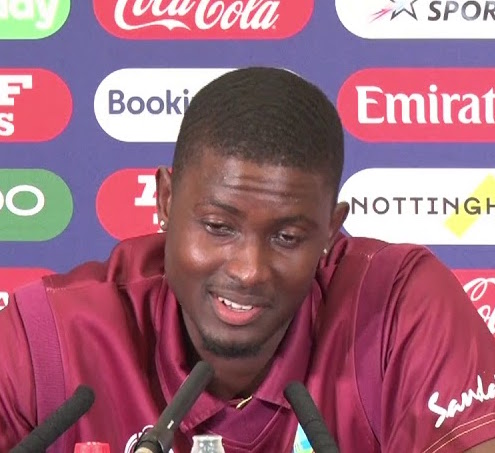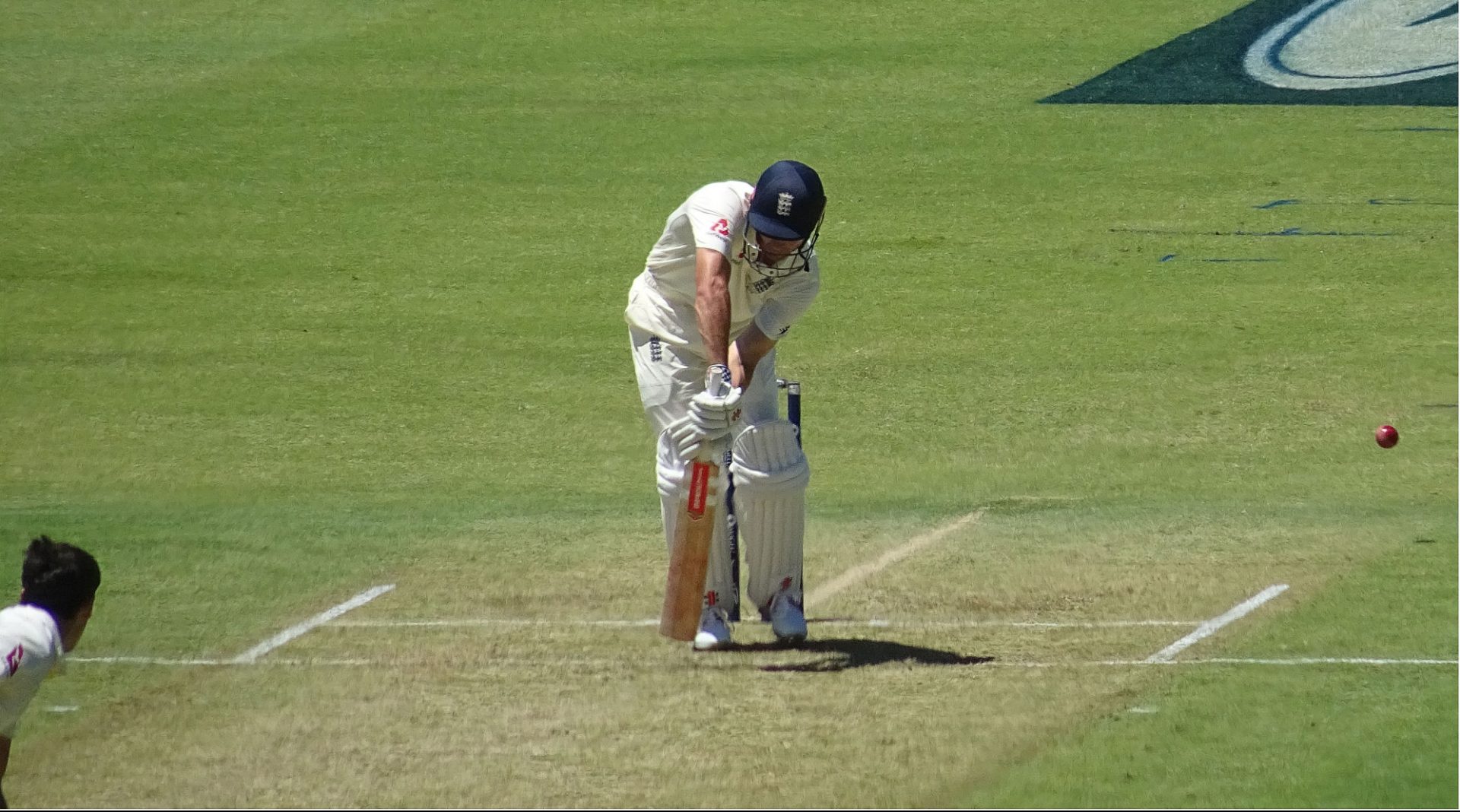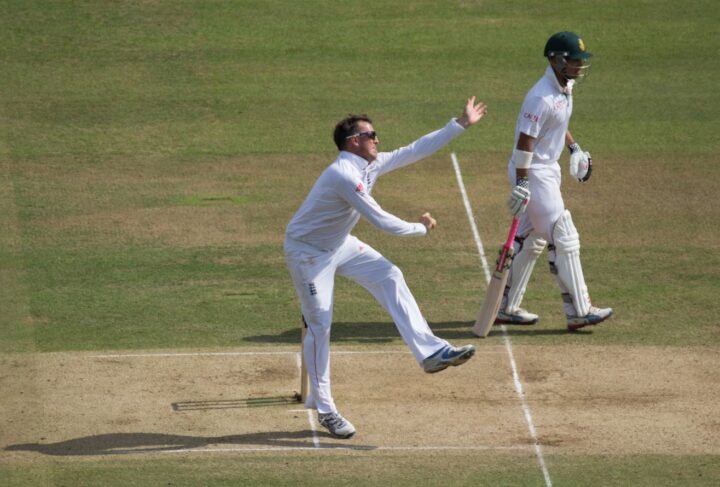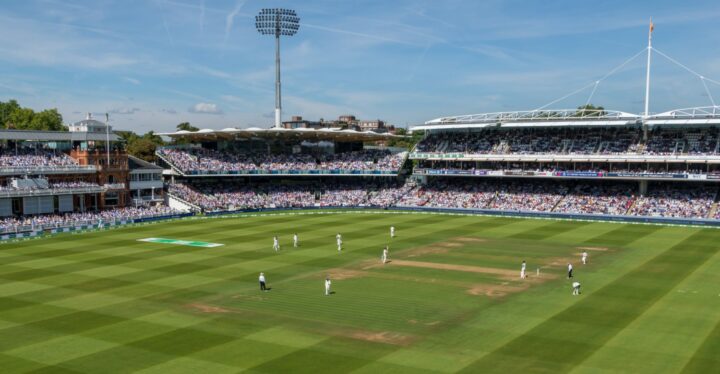One of the fruitiest axioms one hears about cricket is that it’s a contest between bat and ball. This means bowling is as integral to a cricket match as batting. It is therefore natural to expect leading bowlers in cricket teams to become captains just as often as leading batsmen do. The reality does not match the expectation, however, and has not done for a long time.
Last year’s delayed IPL, for example, saw six teams – Delhi Capitals (Shreyas Iyer), Royal Challengers Bangalore (Virat Kohli), Kings XI Punjab (KL Rahul), Mumbai Indians (Rohit Sharma MI), Rajasthan Royals (Steve Smith) and Sunrisers Hyderabad (David Warner) – captained by batsmen who do not bowl much; one team captained by a wicketkeeper – Chennai Super Kings (MS Dhoni) – and another – Kolkata Knight Riders – captained initially by a wicketkeeper (Dinesh Karthik) and then by a batsman (Eoin Morgan).
Not long ago the league did see a bowler-captain in Ravichandran Ashwin, who held the reins for Kings XI Punjab (now Punjab Kings) during the 2018 and 2019 seasons, but Ashwin was an exception rather than the norm. The only other bowler-captains who come to mind from the IPL are Zaheer Khan, whose stint as the captain of Delhi Daredevils was truncated by injury in 2017, and the legendary leg-spinners Anil Kumble and Shane Warne, who last played in the tournament in 2010 and 2011 respectively.
Nor is the IPL the only competition where bowler-captains are rare. A look at the Big Bash squads from the last two seasons, for instance, reveals five batsman-captains – Callum Ferguson (Sydney Thunder), Aaron Finch (Melbourne Renegades), Travis Head (Adelaide Strikers), Chris Lynn (Brisbane Heat) and Glenn Maxwell (Melbourne Stars) – and one wicket-keeper-captain in Matthew Wade (Hobart Hurricane), who in recent times has played as a specialist batsman for Australia. The other two captains, Moises Henriques (Sydney Sixers) and Mitchell Marsh (Perth Scorchers), are arguably batting all-rounders rather than bowling ones.
Five out of the six teams in the 2020 season of the Caribbean Premier League (CPL) were also captained by all-rounders. Among them, however, Chris Green (Guyana Amazon Warriors) alone can stake a claim to be more of a bowler than a batsman. It is also worth noting here that the only captain with a specialist role during last year’s CPL was Rovman Powell (Jamaica Tallawahs), a batman.
The captaincy scenario is not too different in international T20 cricket either, where as many as seven batsmen – Babar Azam, Temba Bavuma, Aaron Finch, Virat Kohli, Mahmudullah, Eoin Morgan and Kane Williamson – serve as captains of their respective teams. Among bowlers, only Lasith Malinga has been a national T20 captain in recent times.

The well-established view that T20 cricket is a batting-centric game could explain why batsmen and batting all-rounders are given the captaincy in the format far more often than bowlers are. This explanation, however, ignores the fact that there are bowlers – Rashid Khan, Sunil Narine, Bhuvaneshwar Kumar and Jasprit Bumrah to name just four – who have not only thrived in the heat of T20 cricket but also expanded their craft as a consequence. Such bowlers are likely to make great captains because they have to (and tend to) read the game quicker than batsmen do, but seldom get to lead their sides.
Furthermore, bowler-captains are not fancied much even in Test and ODI cricket where the contest between the bat and ball tends to be more even. As far as I can recall, the last out-and-out bowler to captain a country in Test cricket was Anil Kumble thirteen years ago, and he got the job only because M S Dhoni was thought to be too young to captain India in all formats of the game at the time. Bangladesh’s Mashrafe Mortaza, his team’s ODI captain until March last year, was also an exception among batsman-captains. Jason Holder did an admirable job as West Indies captain before he stepped down in March 2021, but one could argue that he’s an all-rounder rather than a specialist bowler.
The upshot is that T20 cricket has only perpetuated the preference for batsman-captains over bowler-captains, a bias which has been prevalent in the longer forms of the game for some time now. The bias is rather puzzling though, given that on-field captaincy is principally a bowling job, as endorsed by cricketing truisms such as “you need twenty wickets to win a Test match” and “wickets matter regardless of the format”.
Srinivas S









In the longer forms, bowlers, especially fast bowlers, are probably too tired to think as clearly as needed. I can only think of Bob Willis off the top of my head as a captain of Test side who was a fast bowler (I’m sure there will be more!) This is much less a factor in Twenty20. However a non-bowling captain can watch and assess every over from a fielding position, whereas a bowling captain would be more involved in four of the overs.
That’s a good point.
There have been some good bowler captains though. Imran Khan springs to mind. I guess spinners don’t get quite so exhausted in the middle of spells so it was easier for the likes of Warne.
Wasim, Waqar and Walsh are other examples. Benaud was a bowling all-rounder as was/is Mohammad Nabi.
One of the oddities with England is that bowlers have been denied the captaincy because of the supposed burden – but allroundes like Botham and Flintoff were made captain when they carried a heavier load.
The question I find more interesting now is what do modern captains do and how much do they matter? I’ve seen a definite shift to a more coach-dominated game. Captains seem mainly to “set an example” and speak to the media. T20 has exacerbated the trend because the shorter the game, the more it can be controlled by a pre-set game plan.
It all stems from the early days of amateur and professional when amateurs were the gentry, so captained by right and were mostly batsmen whereas bowlers were often mercenaries recruited from the labouring classes as they did the donkey work. Batsmen have always been seen as the more glamorous of the two. Even today it is rare for bowlers to get the same level of publicity for their efforts. Warne is an exception to the rule.
If you look at bowler captains through the ages the main criticism of them is they either underbowled themselves, Illingworth being a case in point, or they had problems cementing team spirit. It’s less of a distraction for a batsman to do the job and combine his batting than it is for bowlers, who tend to be more selfish and prone to moods when form or fortune deserts them, to balance the two. Bowlers also have tactical jobs to do that batsmen do not have to contend with and as captain have to fit themselves into those tactical ploys. A batting captain can consider the team without his direct involvement.
Its difficult for fast bowlers to be captain as they are often in and out of the side with various strains and injuries. If you pick a fast bowler then the associated question is, who will fill in when the captain is resting. A spin bowler seems more possible, and ones like Illingworth and Benaud were successful, but for some reason are not common.